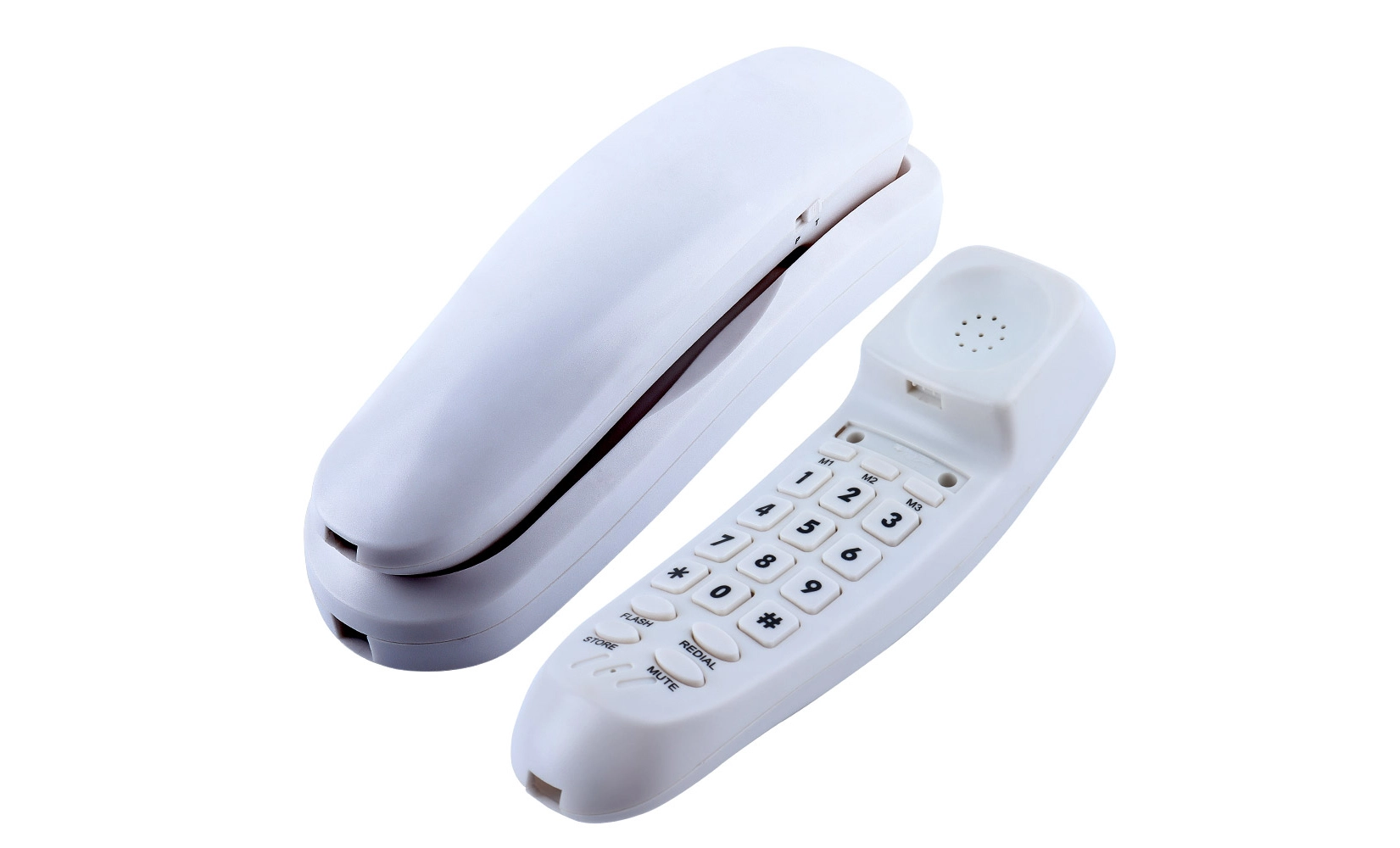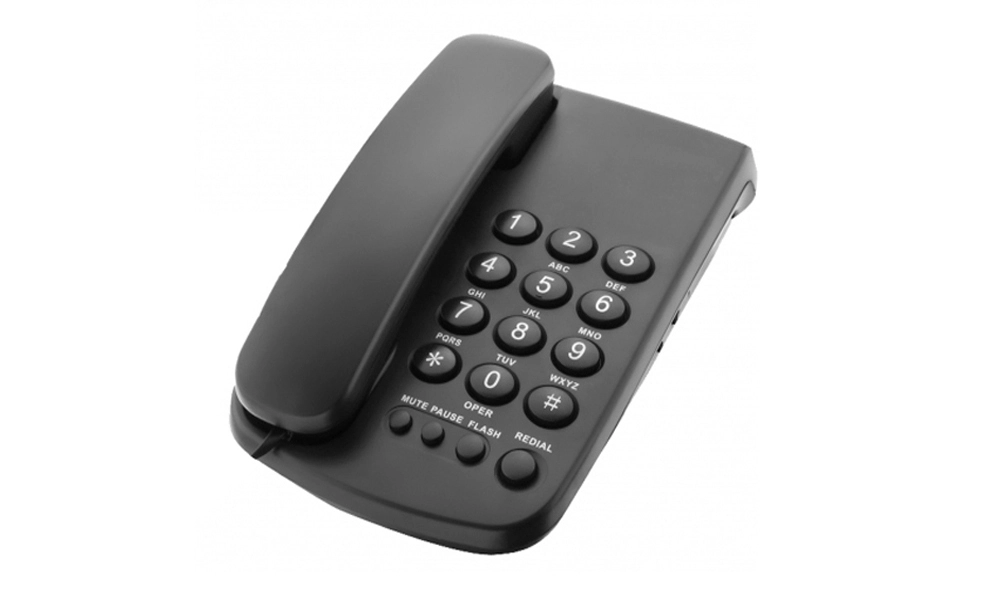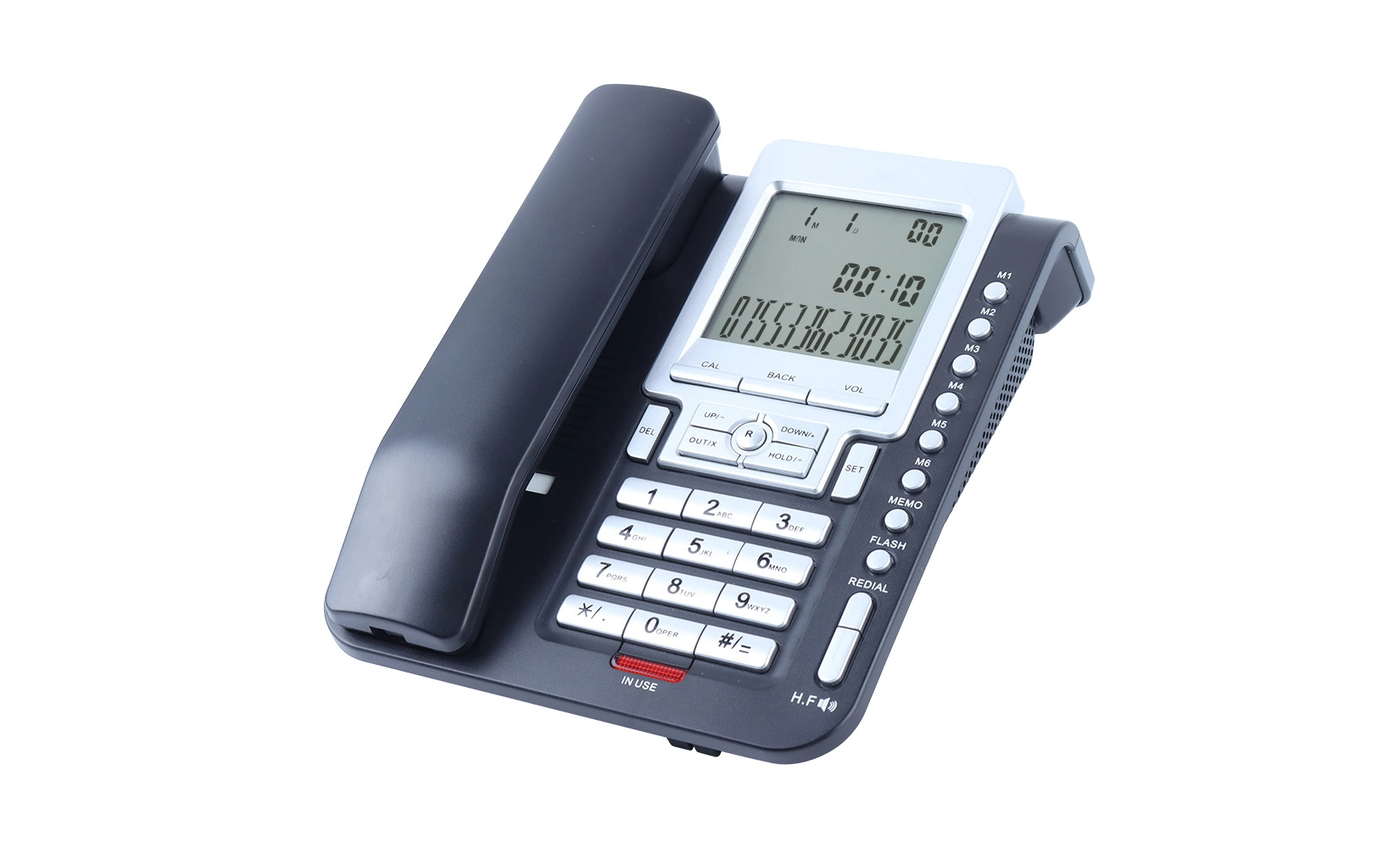The Birth of the Telephone: From Rotary to Push-Button
The telephone's evolution began with Alexander Graham Bell's groundbreaking invention in 1876. The early models required operator assistance, but the introduction of the rotary dial in the early 1900s revolutionized personal communication. Users could now directly dial their desired numbers, albeit with a time-consuming rotating mechanism.
As technology progressed, the push-button phone emerged in the 1960s, offering a more efficient dialing method. This innovation laid the groundwork for future developments, including the big button telephone. The transition from rotary to push-button marked a significant shift in telephone design, prioritizing user convenience and speed.
The Rise of Digital Technology in Telecommunications
The advent of digital technology in the late 20th century further transformed the telephone landscape, marking a turning point in communication history. Digital signals began to replace analog transmission, providing clearer sound quality and reducing background noise, which improved overall call reliability. This digital revolution also opened the door for new telephone features, such as speed dial, caller ID, and memory storage, while paving the way for designs with larger, more accessible buttons that anticipated the rise of the big button telephone.
During this transformative period, telecommunications companies placed increasing emphasis on accessibility and ease of use, recognizing the diverse needs of different age groups. The concept of ergonomic design gained momentum, leading to thoughtful experiments with button size, spacing, and handset shapes to better support those with reduced dexterity or vision impairments. These innovative adjustments were essential precursors to the big button telephone, a device purposefully designed to combine modern technology with user-friendly functionality, making communication simpler and more inclusive.
The Advent of Big Button Telephones: Accessibility Meets Technology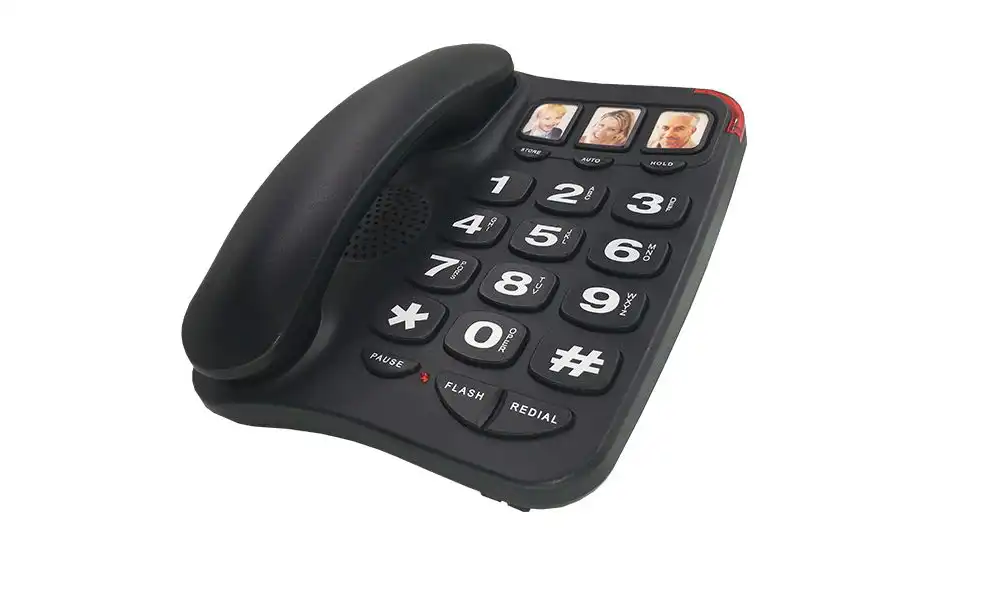
The introduction of big button telephones marked a significant milestone in telephone design. These devices emerged as a response to the growing need for more accessible communication tools, particularly for seniors, individuals with visual impairments, and those with limited dexterity.
Big button telephones feature oversized number keys, often with high-contrast colors and raised surfaces for easy identification. The larger buttons not only make dialing easier but also reduce the likelihood of misdialing. This design consideration has made big button phones a popular choice in homes, offices, and healthcare facilities.
Features and Benefits of Big Button Telephones
Beyond the enlarged keypad, big button telephones often incorporate additional features to enhance usability. These may include:
- Amplified sound for improved audio clarity
- Large, easy-to-read displays
- Programmable speed dial buttons for frequently called numbers
- Emergency call buttons for quick access to help
- Compatibility with hearing aids
These features collectively contribute to a more inclusive and user-friendly communication experience. The big button telephone has become an essential tool for maintaining independence and social connections for many users who might otherwise struggle with standard phone designs.
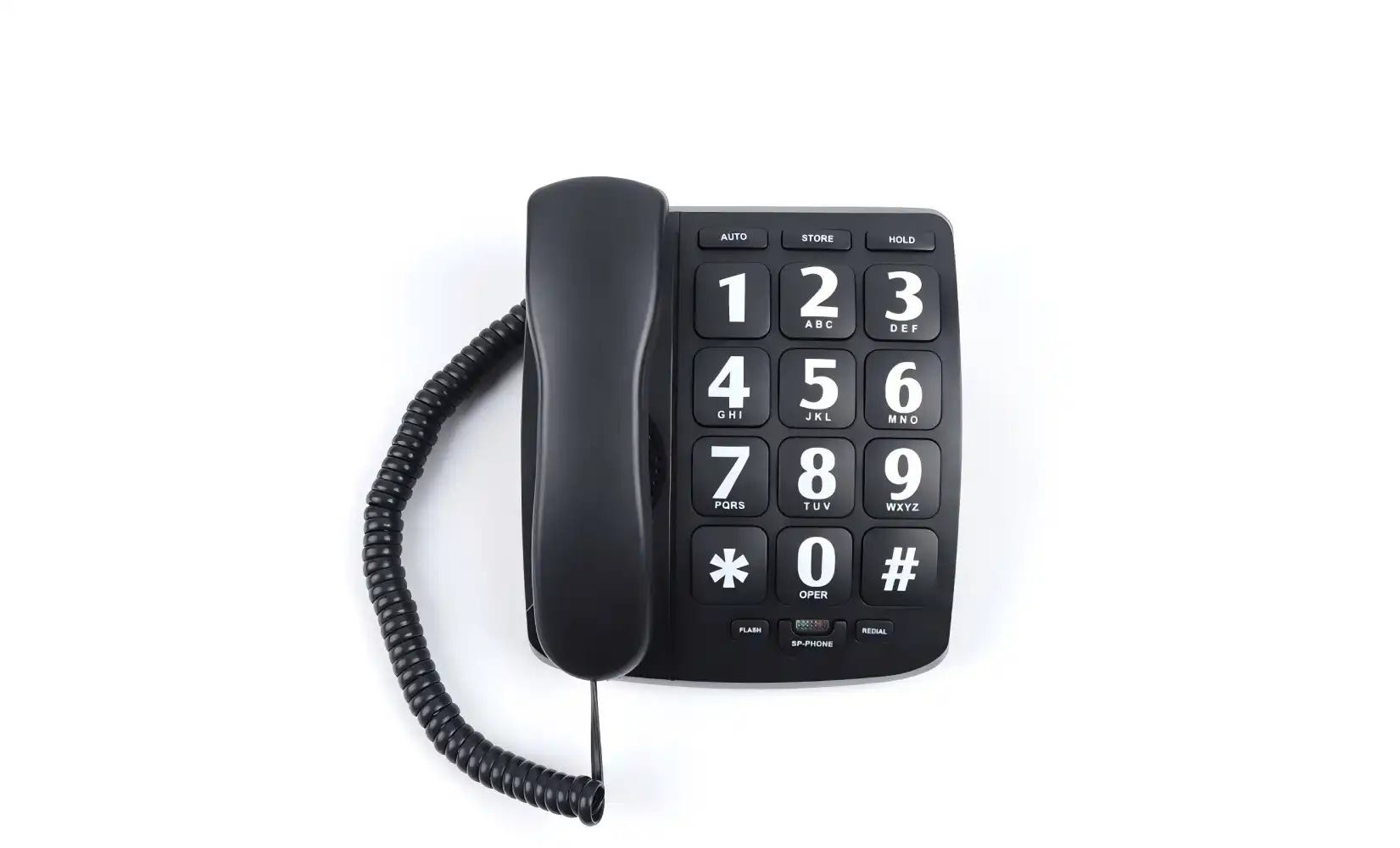 The Future of Telephone Technology: Smart Integration and Accessibility
The Future of Telephone Technology: Smart Integration and Accessibility
As we look to the future, the principles that drove the development of big button telephones continue to influence telephone design. The integration of smart technology with accessibility features is shaping the next generation of communication devices.
Modern big button telephones are incorporating touchscreen technology, voice activation, and even artificial intelligence to further enhance usability. These advancements are blurring the lines between traditional landline phones and smart devices, offering users the best of both worlds.
The Role of Big Button Phones in an Increasingly Digital World
Despite the prevalence of smartphones and digital communication platforms, big button telephones continue to play a crucial role in many settings. Their simplicity, reliability, and focus on accessibility make them indispensable for certain user groups and situations.
In healthcare settings, for instance, big button phones provide an easy-to-use communication tool for patients. In emergency situations, the straightforward operation of these devices can be critical. As technology advances, we can expect to see further innovations in big button telephone design, ensuring that these devices remain relevant and valuable in our rapidly changing digital landscape.
Conclusion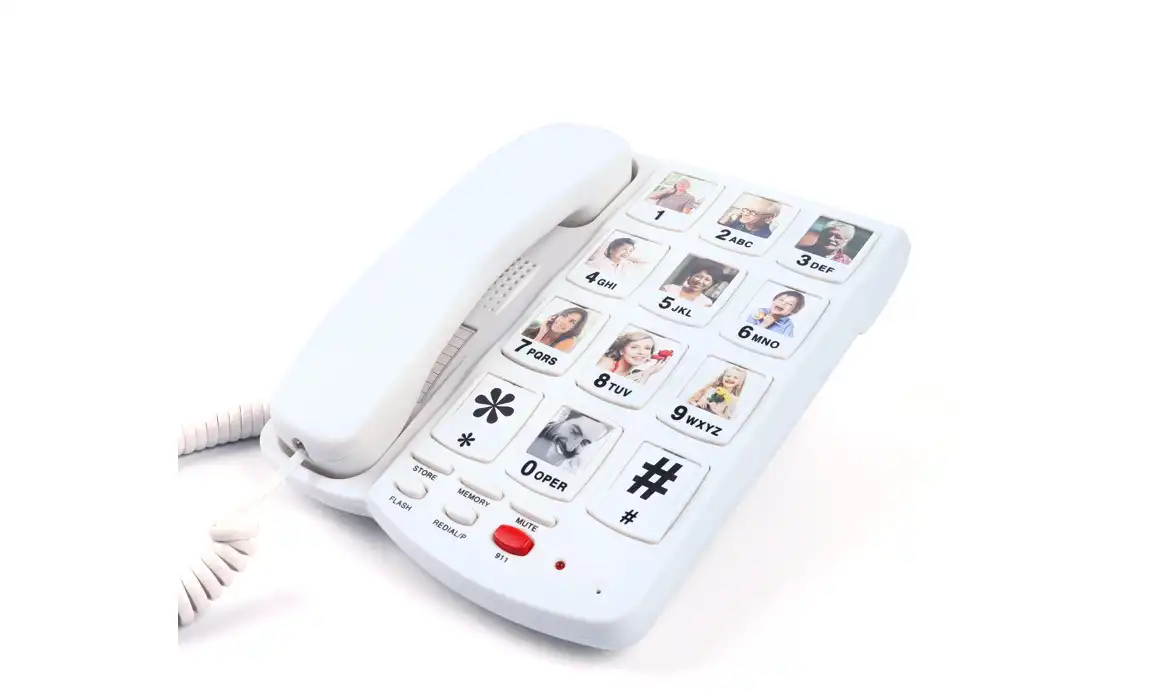
The evolution from rotary dial to big button telephones exemplifies the telecommunications industry's commitment to improving user experience and accessibility. Big button telephones have become more than just a niche product; they represent a philosophy of inclusive design that benefits users of all ages and abilities.
As we continue to push the boundaries of communication technology, the principles embodied by big button telephones – clarity, simplicity, and accessibility – will undoubtedly influence future innovations. The journey from the first rotary phone to today's sophisticated big button devices is a reminder of how far we've come and the exciting possibilities that lie ahead in the world of telecommunications.
FAQ
Who benefits most from big button telephones?
Big button telephones are particularly beneficial for seniors, individuals with visual impairments, and those with limited dexterity. However, their user-friendly design makes them suitable for anyone seeking a simple, easy-to-use phone.
Are big button telephones compatible with modern phone systems?
Yes, most big button telephones are designed to work with standard landline systems. Some models also offer compatibility with VoIP services, making them versatile for various setups.
Can big button telephones be used in business settings?
Absolutely. Many businesses, especially those in healthcare or senior care industries, utilize big button telephones for their clarity and ease of use.
Innovative Big Button Telephone Solutions | CHEETA
At Shenzhen Cheeta Technology Co., Ltd., we're at the forefront of big button telephone innovation. Our state-of-the-art 1,200㎡ factory, staffed by over 100 skilled workers and 10 senior engineers, produces 1,000 analog units daily. We specialize in creating user-friendly, high-quality big button telephones that meet CE and ROHS standards. Our rigorous 11-step inspection process ensures a failure rate below 1%. For custom big button telephone solutions, contact our OEM/ODM experts at allen@cheeta.com.cn. Choose Cheeta for reliable, innovative communication devices.

References
1. Smith, J. (2020). "The Telephone Revolution: From Rotary to Digital." Telecommunications History Journal, 45(2), 112-128.
2. Johnson, A. & Brown, T. (2019). "Accessibility in Telecommunications: The Rise of Big Button Phones." Ergonomics Today, 18(4), 67-82.
3. Lee, S. (2021). "Digital Integration in Modern Telephone Systems." IEEE Communications Magazine, 59(7), 45-51.
4. Garcia, M. et al. (2018). "User Experience and Elderly: A Study on Big Button Phone Usability." International Journal of Human-Computer Interaction, 34(11), 1015-1029.
5. Williams, R. (2022). "The Future of Landline Phones in a Smartphone Era." Tech Trends Quarterly, 7(2), 89-103.
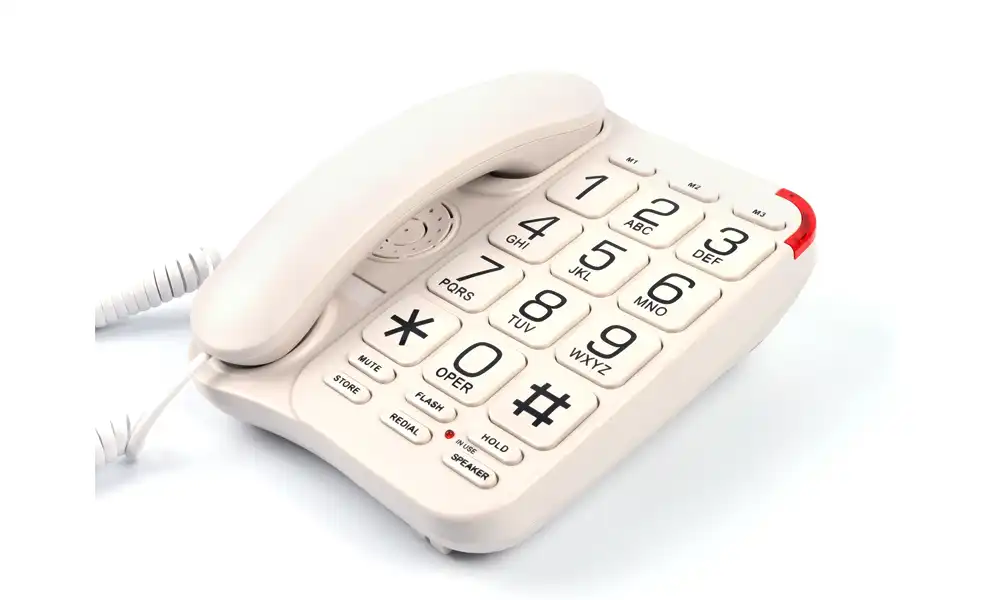 The journey of telephone technology is a testament to human ingenuity and the relentless pursuit of improved communication. From the iconic rotary dial phones of the early 20th century to the emergence of
The journey of telephone technology is a testament to human ingenuity and the relentless pursuit of improved communication. From the iconic rotary dial phones of the early 20th century to the emergence of 

